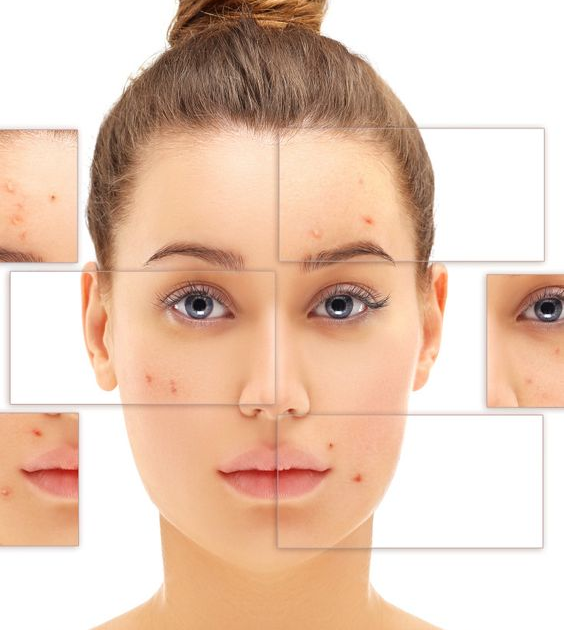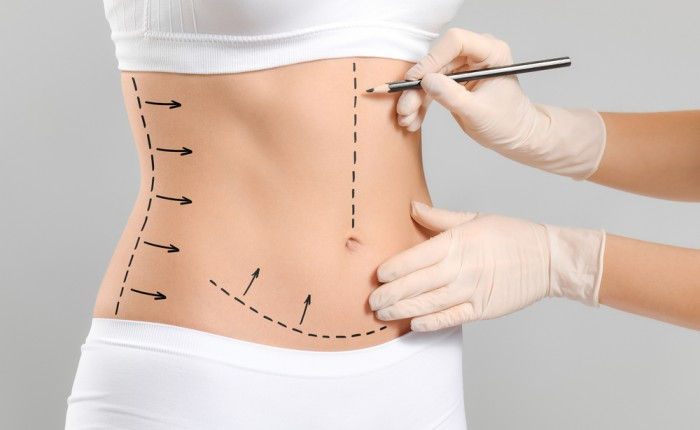Botox vs. Fillers: What's the Difference?
- sadaf khan sudozai
- Jan 20
- 4 min read
When it comes to cosmetic treatments that help reduce the appearance of fine lines and wrinkles, Botox and dermal fillers are among the most popular options. Although both treatments are minimally invasive and offer impressive results, they work in different ways and serve distinct purposes. If you're considering these procedures and are wondering about the differences between Botox and fillers, this blog will break down both options, helping you make an informed decision. If you're interested in Botox, you can explore more about it at Botox in Islamabad offered by SKN Cosmetics.

What is Botox?
Botox, short for botulinum toxin, is a purified protein derived from the bacterium Clostridium botulinum. It works by temporarily blocking the nerve signals that cause muscles to contract. When injected into the skin, Botox relaxes the facial muscles responsible for the formation of wrinkles, resulting in a smoother appearance. It is most commonly used to treat dynamic wrinkles—those caused by facial expressions, such as frown lines, crow’s feet, and forehead lines.
Botox is ideal for individuals looking to prevent the deepening of wrinkles and maintain a youthful look. The effects typically last between three to six months, and repeat treatments are necessary to maintain the results. Botox injections are relatively quick, usually taking only 15 to 20 minutes, and require little to no downtime, making it an attractive option for those with busy lifestyles.
What are Dermal Fillers?
Dermal fillers, on the other hand, are a broad category of injectable treatments designed to restore volume, smooth out static wrinkles, and enhance facial contours. These fillers are made of different materials, including hyaluronic acid, calcium hydroxylapatite, and poly-L-lactic acid. Depending on the type of filler, they can be used to add volume to areas like the cheeks, lips, and under-eye hollows, as well as to soften wrinkles and lines.
Unlike Botox, which targets muscle movement, dermal fillers directly address the loss of volume and the structural changes in the skin that occur with aging. They are often used to treat static wrinkles, which are present even when the face is at rest. Fillers are ideal for individuals who want to plump up areas of the face, such as the cheeks or lips, or smooth out deeper lines, such as nasolabial folds.
The results of dermal fillers are immediate, and the duration of their effects depends on the type of filler used, ranging from six months to two years. Some fillers are designed to stimulate collagen production over time, which can further improve the skin’s texture and elasticity.
Key Differences Between Botox and Fillers
Function:
Botox: Works by relaxing muscles to reduce dynamic wrinkles caused by facial expressions.
Fillers: Add volume and smooth out static wrinkles caused by the loss of collagen and facial fat.
Treatment Areas:
Botox: Primarily targets the upper face, including the forehead, between the eyebrows, and around the eyes.
Fillers: Can be used in various areas, including the cheeks, jawline, under-eye area, and lips.
Duration:
Botox: Results typically last for three to six months, after which a touch-up is required.
Fillers: Depending on the type, the results can last anywhere from six months to two years.
Procedure:
Botox: Involves a few tiny injections into specific muscles to block nerve signals.
Fillers: Involves injecting gel-like substances under the skin to restore volume and smooth out wrinkles.
Ideal Candidates:
Botox: Best for those with expression-related wrinkles and those looking to prevent wrinkles before they form.
Fillers: Best for those with volume loss or deep lines that need restoration.
Which is Right for You?
Choosing between Botox and dermal fillers depends on the specific aesthetic goals you have in mind. If you are concerned about fine lines and wrinkles that develop from facial expressions, Botox may be the right choice. It is also a preventive treatment for younger individuals who want to stop wrinkles before they deepen.
If your primary concern is volume loss in areas like the cheeks, lips, or under the eyes, or you have deep, static wrinkles, dermal fillers would be more suitable. In some cases, individuals may choose to combine both treatments, using Botox for wrinkle prevention and fillers to restore volume, for a comprehensive rejuvenation effect.
Side Effects and Safety
Both Botox and dermal fillers are generally considered safe when administered by a qualified professional. However, like all medical procedures, they come with potential risks and side effects. Botox side effects can include mild bruising, swelling, and temporary weakness in the treated muscles. Serious side effects are rare, but it’s crucial to choose an experienced injector to minimize risks.
Dermal fillers, depending on the substance used, can cause swelling, bruising, and redness at the injection site. In rare cases, there may be an allergic reaction or infection. As with Botox, it’s important to have a consultation with a qualified practitioner to ensure you are a good candidate for the procedure.
Conclusion
Both Botox and dermal fillers have proven to be effective treatments for reducing the signs of aging, but they work in different ways. Botox is ideal for treating wrinkles caused by facial expressions, while dermal fillers are better suited for restoring volume and addressing static wrinkles. The right treatment for you will depend on your specific needs and goals. If you're considering Botox in Islamabad, it's essential to consult with a trusted clinic that specializes in cosmetic injectables. At SKN Cosmetics Clinic, you can receive expert advice and treatments tailored to your individual needs, ensuring that you achieve the best possible results.





Comments